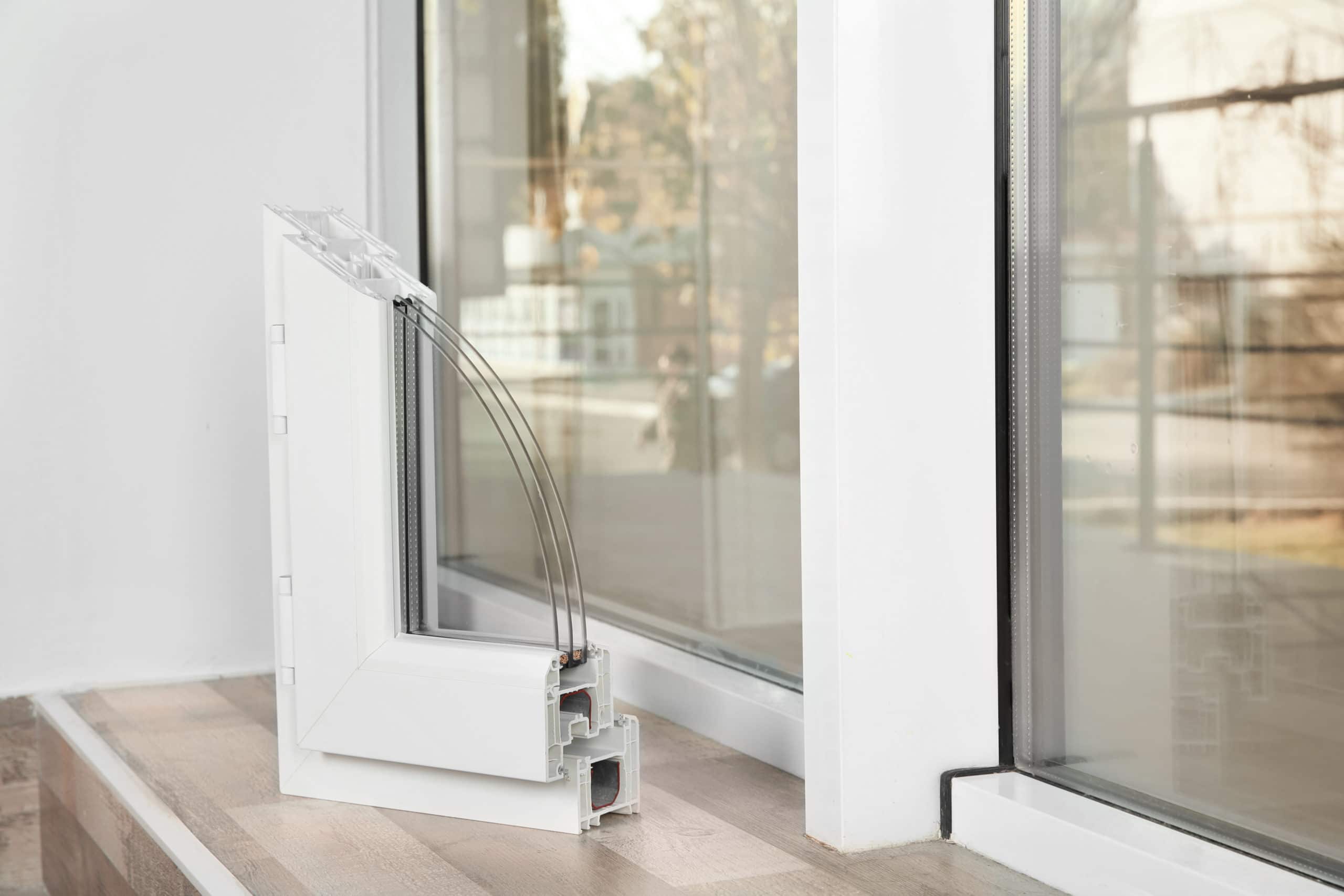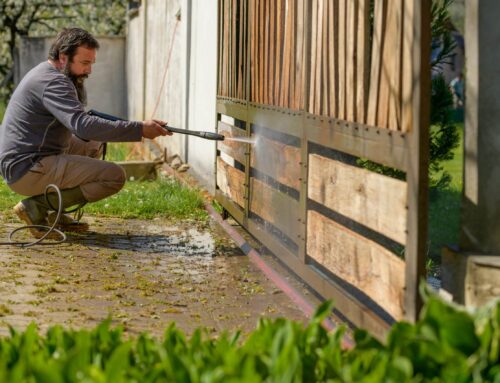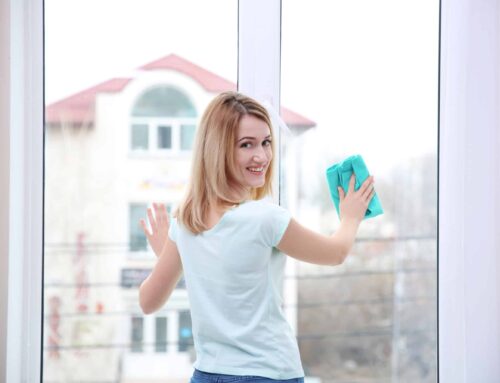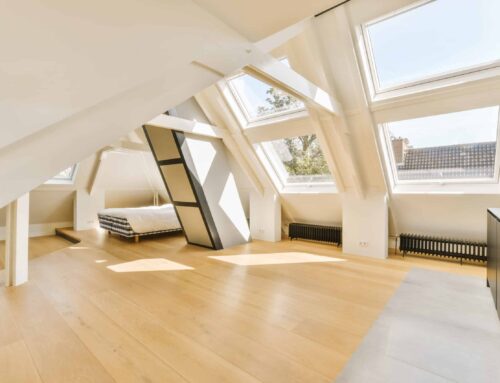Despite being a highly regarded innovation in the window industry, there remain a lot of Low-E glass misconceptions circulating around. We are here to debunk any Low-E glass myths you may have heard to help you make an informed decision on your next window purchase.
Wrong: Double Pane Windows By Themselves Are Energy Efficient Enough
Compared to a single-pane window, double-pane windows are absolutely better at guarding against heat loss. But just because your windows have two panes of glass doesn’t mean heat loss isn’t occurring in other ways.
Window technology has radically changed in the past decade with the introduction of better spacing, gases in the window glass, more effective seals, triple panes and, of course, Low-E coatings.
Homeowners that replaced their inefficient double pane windows with Energy Star-certified windows, like windows with Low-E Glass, can see 9% more savings per year in heating and cooling costs.
Wrong: Low-E Glass Is Way More Expensive Than Regular Glass
The Low-E coating is a one-time coating that is applied evenly to the entire surface of the glass. While most people think the coating makes the glass much more expensive, the truth is the initial cost of this additional coating is typically just a couple more dollars than regular glass windows.
This small added cost makes your windows less likely to be scratched or damaged, and the extra money you spend generally pays for itself in energy savings over the lifetime of your window.
Wrong: Low-E Glass Doesn’t Work In All Climates
It’s true that not all Low-E windows are suitable for every climate, but the great thing is that there are different types of Low-E windows.
Projects in warmer climates are better off installing windows with a lower SHGC, or Solar Heat Gain Coefficient. SHGC measures how well a product blocks the sun’s heat from entering the home. This will be represented with a number between 0 and 1, with a lower number indicating that it is better at blocking unwanted heat gain.
Projects in a cooler climate should install windows with a lower U-factor. U-factor numbers represent how well a window product prevents heat from escaping a home, so always look for U-values between 0.20 and 1.20, with lower numbers indicating they are better at keeping heat inside.
Low-E windows can be installed and work efficiently in almost all regions of the world — as long as you do your research and work with a knowledgeable manufacturer/dealer who can recommend windows based on your design and project layout.
Low-E coatings can also be applied externally or internally, depending on your needs. Low-E coatings applied to exterior window panes prevent heat gains from exterior radiation, while coatings applied to interior windows help prevent heat loss. Manufacturers usually offer several types of Low-E coatings, so be sure to ask which is most suitable for your project.
Wrong: Low-E Glass Is The Same As Tinted Glass
A popular misconception is that Low-E glass windows are similar to just installing tinted windows. That’s not true.
Manufacturers can tint windows by adding alloy materials to the glass, which can drastically change the color of the glass by the end result. While this might help some with UV protection, it can potentially cause other windows throughout the project to vary in color, especially if you have different window sizes. Low-E, on the other hand, is applied to the glass and generally creates no inconsistencies in color, depending on the thickness. Low-E for the win!
Low-E windows and tinted windows both block UV rays and infrared light, but tinted windows also block a lot of natural light. Low-E windows still allow plenty of natural light to pass through because the coating is tintless and nearly colorless. Light is a little less visible than it would be through a completely clear pane, but natural light still flows through a home beautifully — without fading your upholstery in the process.
Tinted glass also absorbs sunlight and will get extremely hot when installed in thin glass (like a single-pane window). This can warp any insulating capabilities the window would otherwise have and actually increase your energy costs.
Low-E windows, due to their coating, are more insulative than standard non-coated glass, because it helps reflect heat back into the home in the colder winter months and reflect heat to the outside in the hotter summer months.
Somewhere between 10-50% of all energy loss in a home happens through non-coated windows and doors, with numbers going even higher with tinted windows. Low-E windows, with their protective coating’s insulative nature and thermal properties, help homeowners spend less on heating and cooling costs.
About Window Wizards
Finding yourself searching Google for window cleaning company near me or window cleaning near me? Click on your local window cleaning companies, Window Wizards. We are family owned company, not a franchise. Founded in 2012 by Peter Previty, a Pawcatuck native, Window Wizards has a reputation by providing quality work at an affordable price point. Although we started out as a window cleaning company we now offer soft washing of your homes exterior, gutter cleaning and gutter guard protection products, post construction cleaning, and dryer vent cleaning services.
We are fully insured and have a 100% satisfaction guarantee. Not satisfied, we’ll come back until you are.





